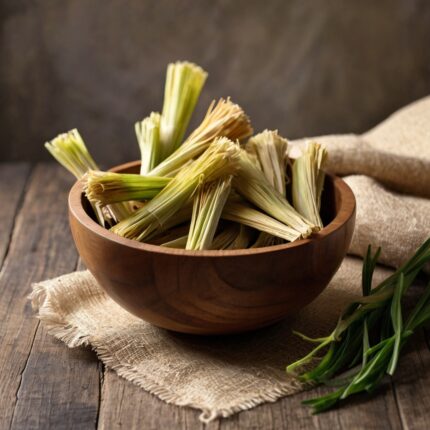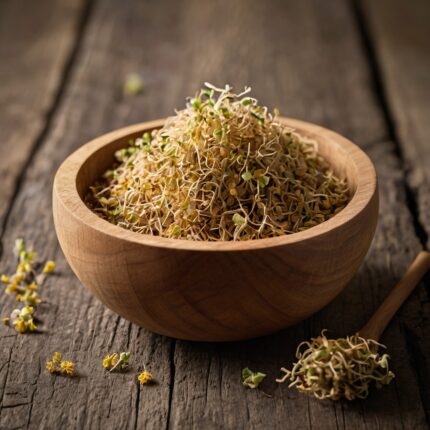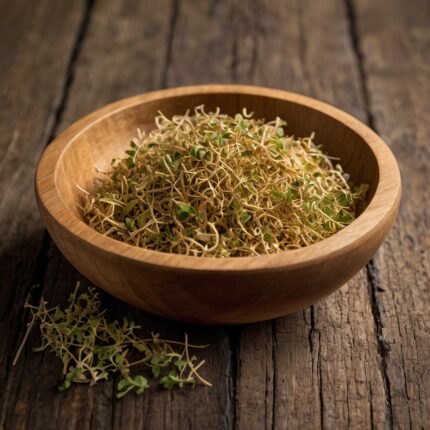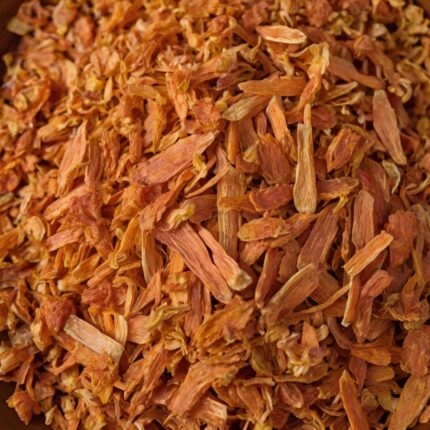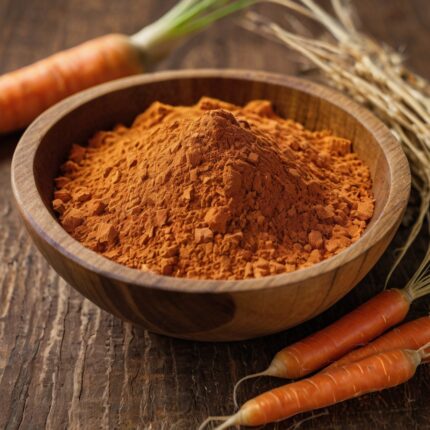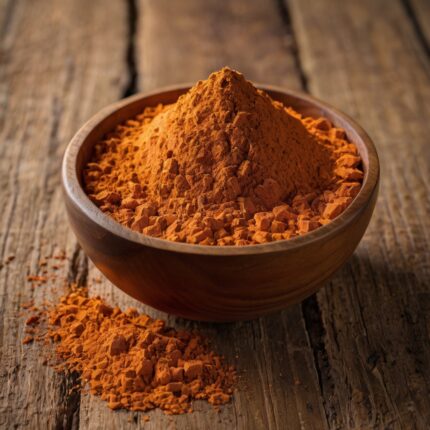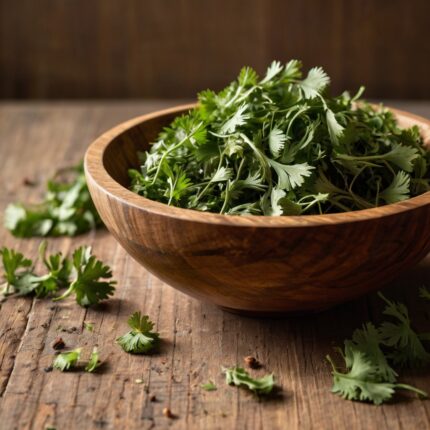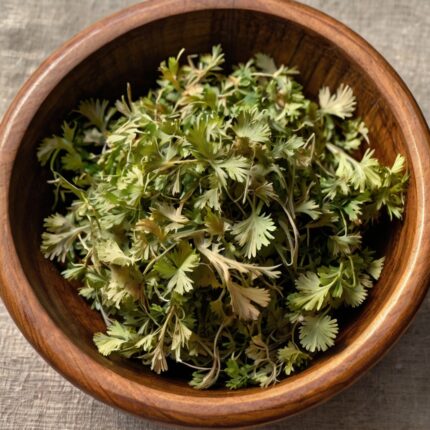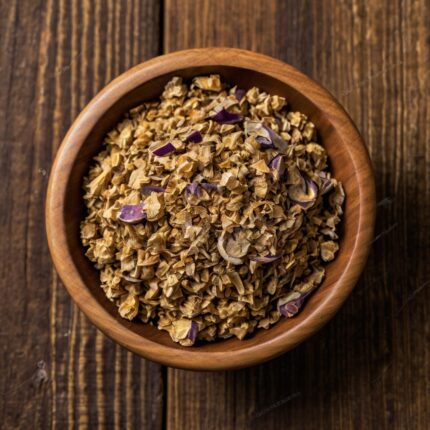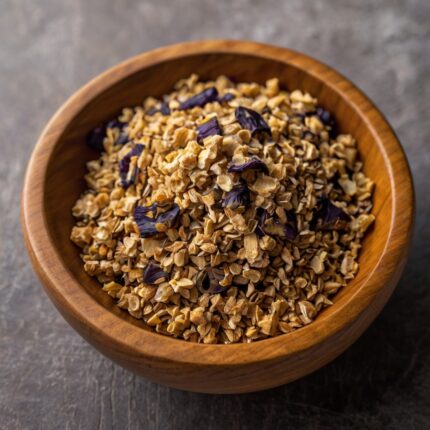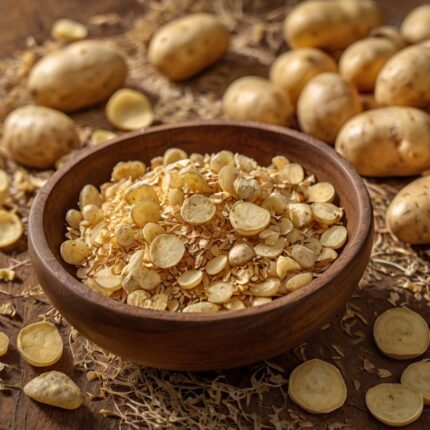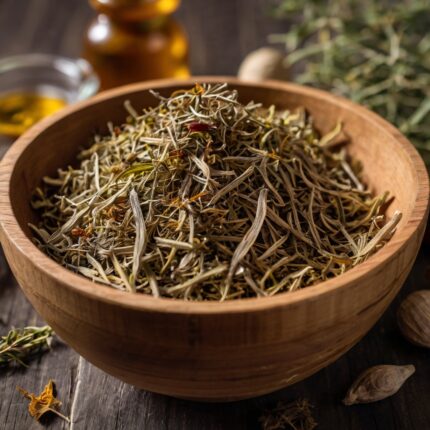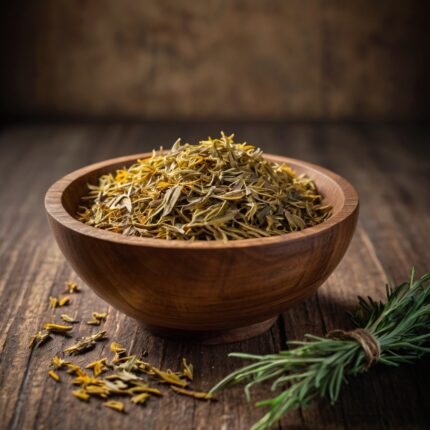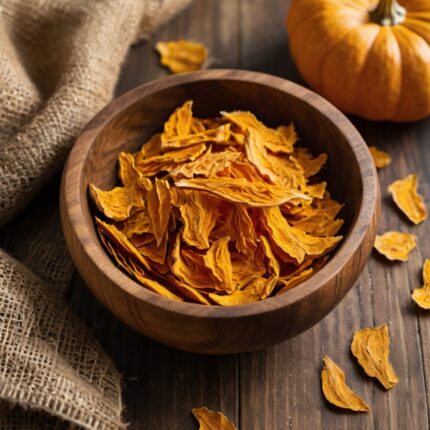Dried lime is one of the most popular dried fruits.
Characteristics
- Appearance: Dark brown to black with a hollow and brittle texture.
- Taste: Intense and sour with a slightly bitter, earthy, and fermented note.
- Uses:Adds a deep, citrusy flavor to soups, stews, rice dishes, and pickles.
Culinary Uses
- Crushed or Powdered: Ground into a fine powder for sprinkling on foods or mixing into spice blends.
- Whole or Halved:Added whole or halved to simmering dishes like stews and soups to allow its flavor to infuse.
Popular Dishes:
- Middle Eastern Cuisine: Used in dishes such as Khoresh Gheimeh (Iranian split pea stew) or *Majboos* (a Persian Gulf rice dish).
- Teas and Extracts: Steeped in hot water for a refreshing citrus-flavored beverage.
Health Benefits:
- Rich in Vitamin C and Antioxidants.
- Aids digestion and boosts the immune system.
-
Dried Lime as a Versatile Raw Material:
Dried lime can be used in various industries and applications, including:
-
Food and Beverage Industry:
- Spices and Seasonings: Ground into powder and used as a sour seasoning for foods such as soups, stews, and pickles.
- Tea and Extracts: Used as a flavoring agent in herbal teas or extract-based beverages.
- Baking and Desserts: Added to cakes, biscuits, or desserts to enhance the citrus flavor.
- Cooking:Commonly used in Middle Eastern cuisines, such as tagines and rice-based recipes.
-
Health and Wellness Products:
- Herbal Remedies: Included in detox drinks, tonics, or health supplements due to its antioxidant and vitamin C content.
- Tea Blends:Added to teas for its therapeutic and digestive benefits.
-
Cosmetic and Skincare Industry:
- Exfoliants:Ground into powder and used in scrubs for its natural astringent properties.
- Face Masks: Used as a natural ingredient in brightening or anti-aging products.
- Essential Oils: Extracted and used in perfumes, soaps, and aromatherapy.
-
Industrial Products and Cleaners:
- Natural Cleaners: Its acidic content makes it useful in eco-friendly cleaning solutions.
- Fragrances: Used as a fragrant agent in air fresheners or potpourri.
-
Agriculture and Animal Feed
- Compost Material: Adds nutrients and acidity to the soil as it breaks down.
- Animal Feed Additive: Small amounts can be included for nutritional benefits.
-
Handicrafts and Decorations
- Decorative Items: Used in potpourri mixes, wreaths, and other handicrafts.
- Candles: Added for its aesthetic value and fragrance.
-
Pharmaceutical Industry:
- Medicinal Extracts: Used to extract bioactive compounds for use in supplements or medications.
-
Beverage Flavorings:
- Cocktails and Mocktails:Rehydrated or crushed for use as a garnish and flavoring agent.
- Flavored Syrups: Dried lime can be used to prepare concentrated flavored syrups.
-
| Nutritional | Values | per 100 Grams of Dried Lime (Limoo Amani):
| Calories | : 250–350 | kcal (depending on the drying method and the amount of added sugar, if any)
| Carbohydrates | 70–80g |
| Sugar | : 55–65 | g (if naturally dried, it will be lower if no sugar has been added)
| Fiber | 8–12 g |
| Protein | 3–5g |
| fat | 0.5–1g |
| Saturated Fat: | <0.2g |
| Vitamin C: | ~50-100mg | (depending on processing and preservation methods)
| Calcium | : ~300-400mg |
| Potassium | :** 500–800mg |
| منیزیم | 20–30میلیگرم |
| iron | 1–3 |

